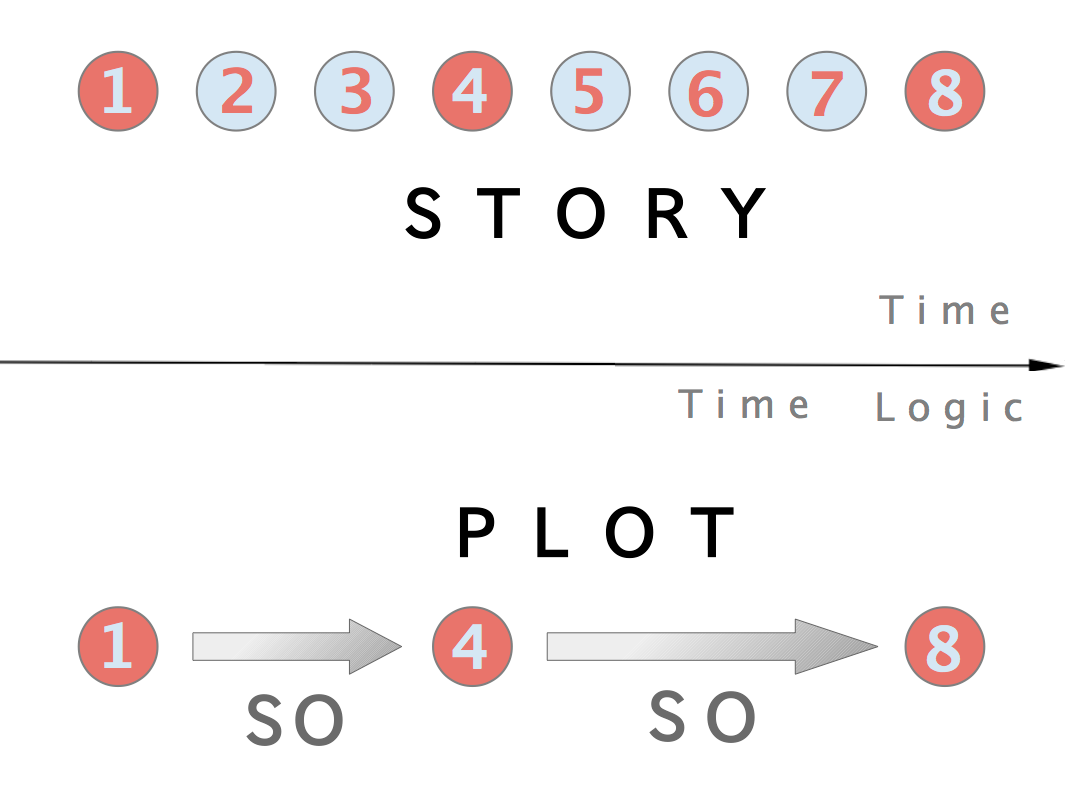|
Seriation (semiotics)
The term ''seriation'' ise en sériewas proposed for use in semiotics by Jean Molino and derived from classical philology. Seriation "invokes the idea that any investigator, in order to assign some plausible meaning to a given phenomenon, must interpret it within a ''series'' of comparable phenomena." One cannot interpret what philology calls a ''hapax''; that is, an isolated phenomenon. Art historian Erwin Panofsky has explained the situation in very clear terms: *'Whether we deal with historical or natural phenomena, the individual observation of phenomena assumes the character of a 'fact' only when it can be related to other, analogous observations in such a way that the whole series 'makes sense.' This 'sense' is, therefore, fully capable of being applied, as a control, to the interpretation of a new individual observation within the same range of phenomena. If, however, this new individual observation definitely refuses to be interpreted according to the 'sense' of the series, ... [...More Info...] [...Related Items...] OR: [Wikipedia] [Google] [Baidu] |
Semiotics
Semiotics (also called semiotic studies) is the systematic study of sign processes ( semiosis) and meaning making. Semiosis is any activity, conduct, or process that involves signs, where a sign is defined as anything that communicates something, usually called a meaning, to the sign's interpreter. The meaning can be intentional such as a word uttered with a specific meaning, or unintentional, such as a symptom being a sign of a particular medical condition. Signs can also communicate feelings (which are usually not considered meanings) and may communicate internally (through thought itself) or through any of the senses: visual, auditory, tactile, olfactory, or gustatory (taste). Contemporary semiotics is a branch of science that studies meaning-making and various types of knowledge. The semiotic tradition explores the study of signs and symbols as a significant part of communications. Unlike linguistics, semiotics also studies non-linguistic sign systems. Semiotics includes th ... [...More Info...] [...Related Items...] OR: [Wikipedia] [Google] [Baidu] |
Jean Molino
Jean Molino is professeur ordinaire at the University of Lausanne and a semiologist. His former students include Jean-Jacques Nattiez Jean-Jacques Nattiez (; born December 30, 1945 in Amiens, France) is a musical semiologist or semiotician and professor of musicology at the Université de Montréal. He studied semiology with Georges Mounin and Jean Molino and music semiolog .... Bibliography *''Musical Fact and the Semiology of Music'', trans. J. A. Underwood, ''Music Analysis'' 9/2 (July 1990): 113–156. *Saavedra, Rafael“El dilema de la interpretación musical: una reflexión semiótica desde el modelo tripartito de Molino y Nattiez”en Revista música en clave, Sociedad Venezolana de Musicología, Vol. 8 – 1, Enero-Abril (2014). External links * Year of birth missing (living people) Living people University of Lausanne faculty French semioticians French male non-fiction writers {{semiotician-stub ... [...More Info...] [...Related Items...] OR: [Wikipedia] [Google] [Baidu] |
Philology
Philology () is the study of language in oral and writing, written historical sources; it is the intersection of textual criticism, literary criticism, history, and linguistics (with especially strong ties to etymology). Philology is also defined as the study of literary texts as well as oral and written records, the establishment of their authenticity and their original form, and the determination of their meaning. A person who pursues this kind of study is known as a philologist. In older usage, especially British, philology is more general, covering comparative linguistics, comparative and historical linguistics. Classical philology studies classical languages. Classical philology principally originated from the Library of Pergamum and the Library of Alexandria around the fourth century BC, continued by Greeks and Romans throughout the Roman Empire, Roman/Byzantine Empire. It was eventually resumed by European scholars of the Renaissance humanism, Renaissance, where it was s ... [...More Info...] [...Related Items...] OR: [Wikipedia] [Google] [Baidu] |
Plot (narrative)
In a literary work, film, or other narrative, the plot is the sequence of events in which each event affects the next one through the principle of cause-and-effect. The causal events of a plot can be thought of as a series of events linked by the connector "and so". Plots can vary from the simple—such as in a traditional ballad—to forming complex interwoven structures, with each part sometimes referred to as a subplot or ''imbroglio''. Plot is similar in meaning to the term ''storyline''. In the narrative sense, the term highlights important points which have consequences within the story, according to American science fiction writer Ansen Dibell. The term ''plot'' can also serve as a verb, referring to either the writer's crafting of a plot (devising and ordering story events), or else to a character's planning of future actions in the story. The term ''plot'', however, in common usage (for example, a "movie plot") can mean a narrative summary or story synopsis, rather th ... [...More Info...] [...Related Items...] OR: [Wikipedia] [Google] [Baidu] |

